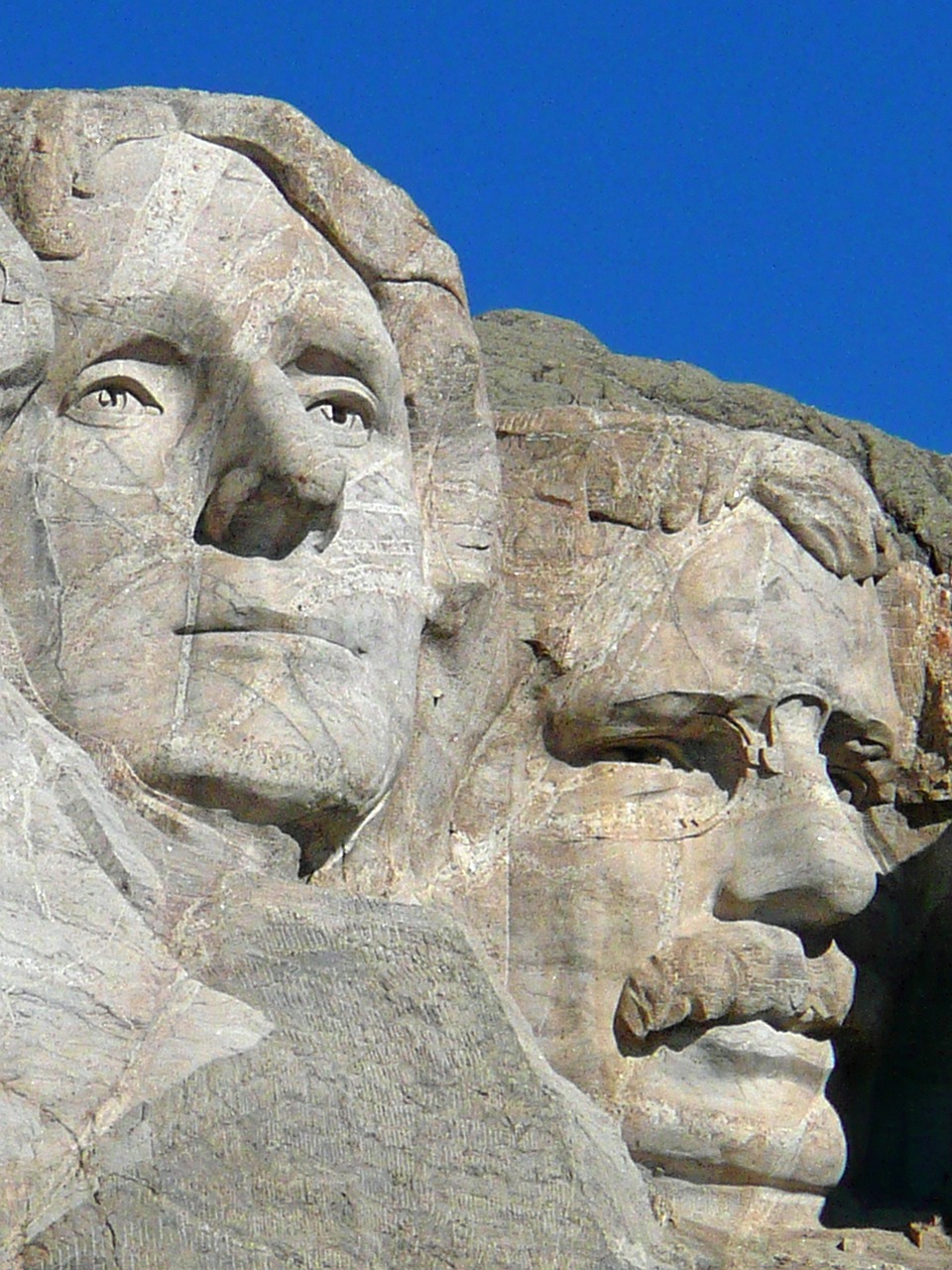Thomas Jefferson’s “The Life and Morals of Jesus of Nazareth”: Shaping Jesus in Our Image Amidst an Era of Influential Christian Scientists
Introduction:
“The Life and Morals of Jesus of Nazareth,” commonly known as the Jefferson Bible, offers a unique perspective on the New Testament, as Thomas Jefferson sought to distill its moral teachings while excluding supernatural elements. Critics argue that Jefferson’s attempt to shape Jesus in his own image was influenced by his personal beliefs, but it is essential to consider the broader intellectual landscape of his time. Interestingly, during this era, many influential scientists, who were Christians, played significant roles in shaping scientific thought and religious perspectives. This article explores the question of Jefferson’s intentions while recognizing the context of influential Christian scientists of the time.
Understanding Jefferson’s Intent:
To assess Jefferson’s motivations, we must acknowledge his primary objective in creating the Jefferson Bible. Jefferson aimed to extract the moral teachings of Jesus while downplaying supernatural or miraculous aspects, reflecting his belief in reason and rational inquiry. While his project may be seen as an attempt to shape Jesus according to his own preferences, it is vital to recognize that he was part of an intellectual movement influenced by the Enlightenment.
Influential Christian Scientists of the Time:
During the era in which Jefferson lived, several influential scientists who were Christians made significant contributions to their respective fields. For instance, Isaac Newton, a devout Christian, revolutionized physics and mathematics with his laws of motion and theory of gravitation. Blaise Pascal, known for his work in mathematics and physics, was also deeply devoted to his Christian faith. Additionally, Robert Boyle, often regarded as the father of modern chemistry, was a devout Christian who explored the harmony between science and religion.
Broader Intellectual Landscape:
The Enlightenment, an intellectual movement during Jefferson’s time, encouraged critical thinking, scientific inquiry, and the exploration of new ideas. While Jefferson’s approach to the Bible can be viewed as an attempt to shape Jesus in his own image, it is important to recognize that similar endeavors were pursued by other intellectuals and scientists who were Christians. These individuals sought to reconcile their religious beliefs with the intellectual currents of the time, contributing to both scientific progress and religious perspectives.
Personal Beliefs and Bias:
It is inevitable for individuals, including influential scientists, to bring their personal beliefs and biases when interpreting religious texts. This holds true for Thomas Jefferson and the scientists mentioned above. Each person reads and understands religious texts through the lens of their cultural, philosophical, and theological perspectives. These influential scientists of the time, while making groundbreaking contributions to science, were also shaped by their Christian faith, which inevitably influenced their views on religion and the interpretation of religious texts.
Jefferson’s Project in Context:
Thomas Jefferson’s project of creating the Jefferson Bible should be understood within the context of his personal beliefs, but also within the broader intellectual landscape of the time. He sought to distill the moral essence of Jesus’ teachings, influenced by Enlightenment thinking. Similarly, influential Christian scientists of the era navigated the intersection of science and faith, contributing to scientific progress while maintaining their religious convictions.
Reflection of Human Nature:
The tendency to shape religious figures, including Jesus, in our own image is a reflection of the multifaceted nature of human interpretation. Throughout history, influential individuals from various backgrounds, including scientists, have interpreted and emphasized different aspects of religious teachings based on their beliefs and cultural contexts. This phenomenon illustrates the complexity of religious interpretation and the inclination of individuals to find resonance and validation for their convictions.
Conclusion:
While Thomas Jefferson’s “The Life and Morals of Jesus of Nazareth” can be seen as an attempt to shape Jesus in his own image, it is crucial to recognize the broader intellectual landscape of the time. Many influential scientists who were Christians contributed to scientific progress while maintaining their religious convictions. Jefferson’s project should be understood within this context, where intellectual and scientific advancements coexisted with religious beliefs. The interpretation and adaptation of religious texts are influenced by personal perspectives and the intellectual climate of each era. Ultimately, understanding these dynamics allows us to appreciate the complexities of human interpretation and the diversity of religious thought.
